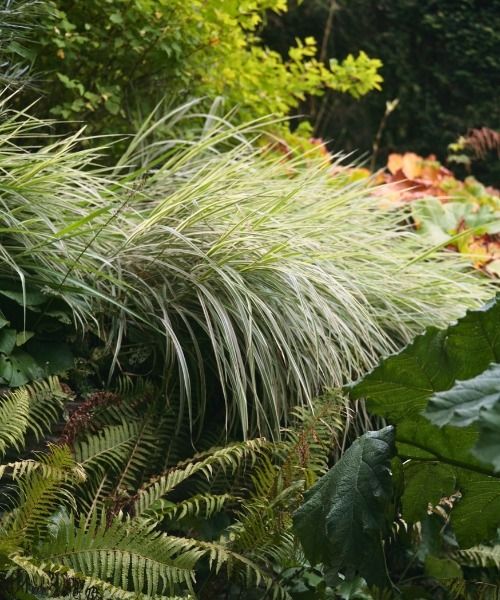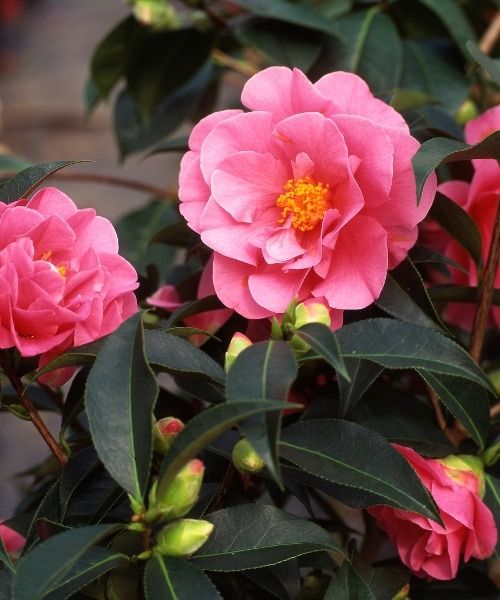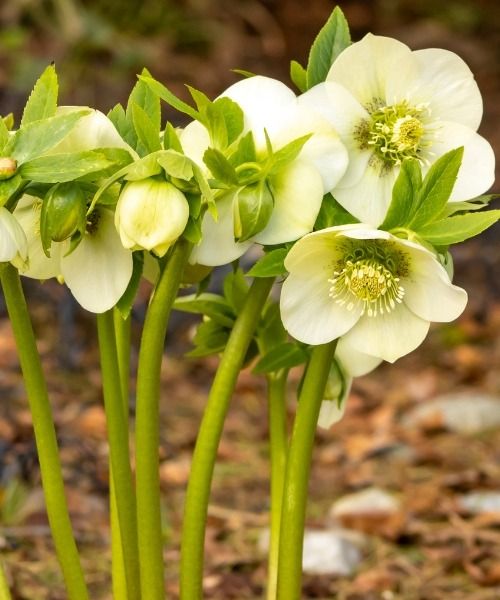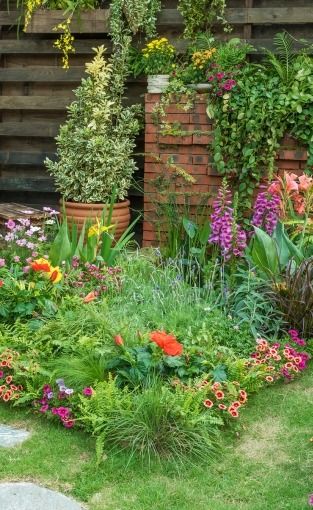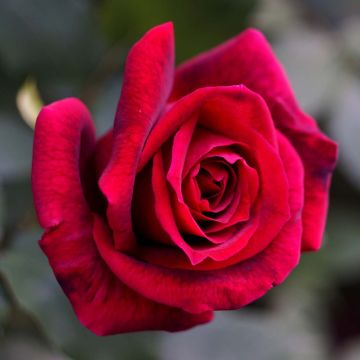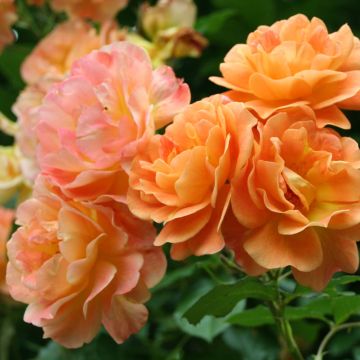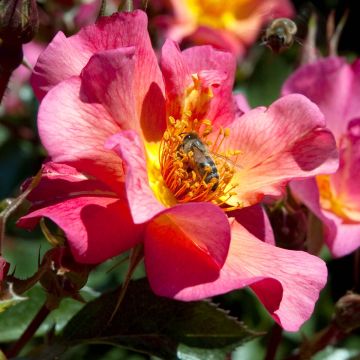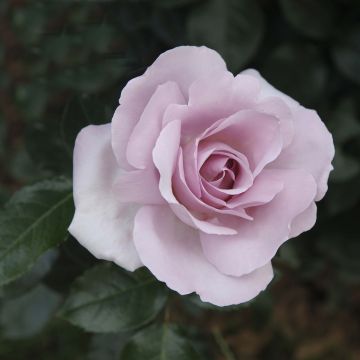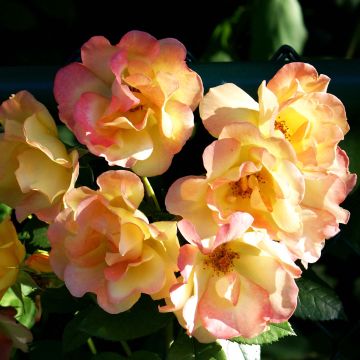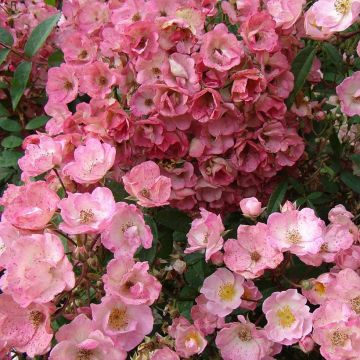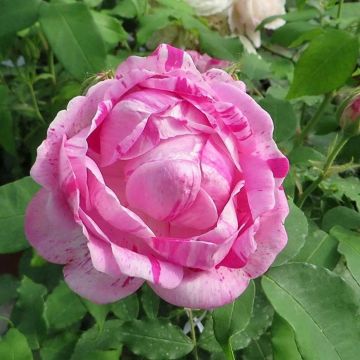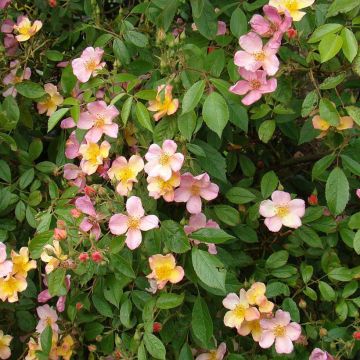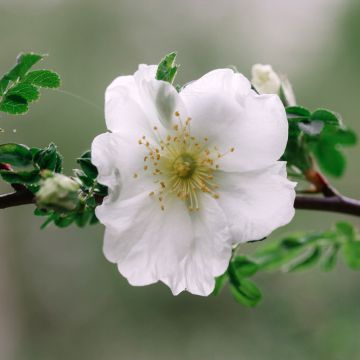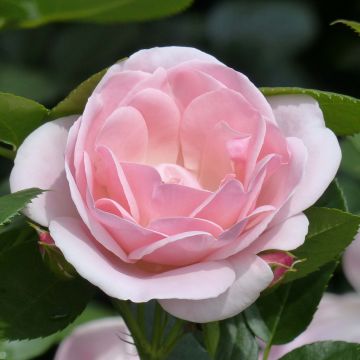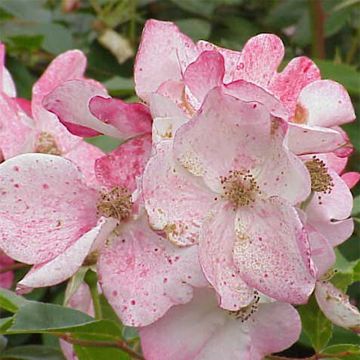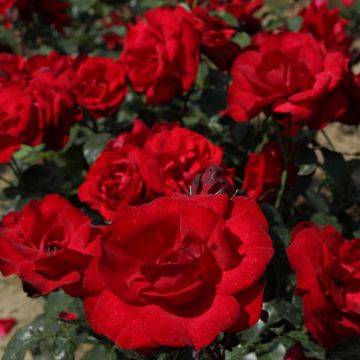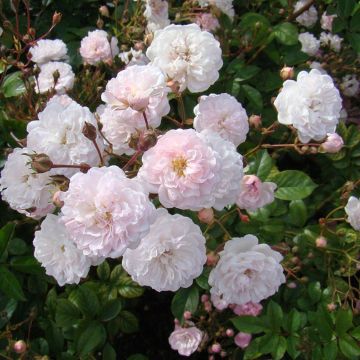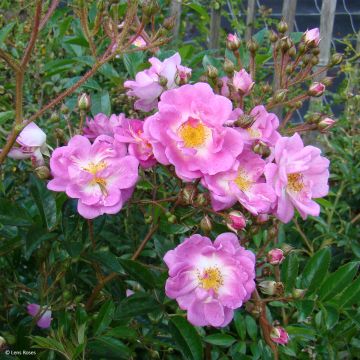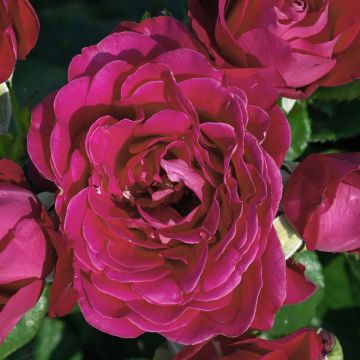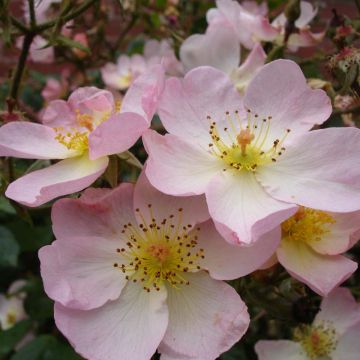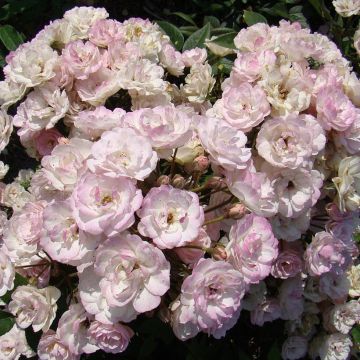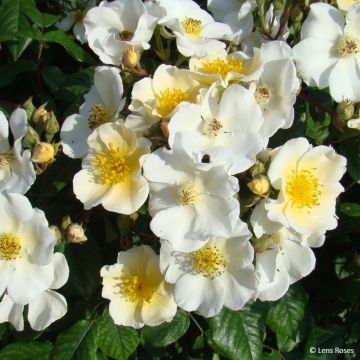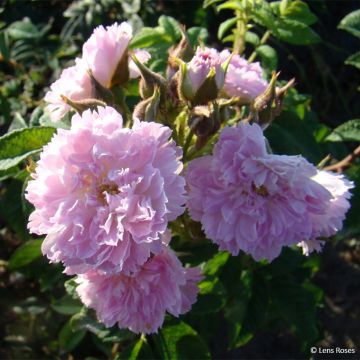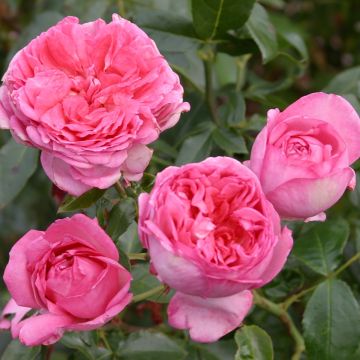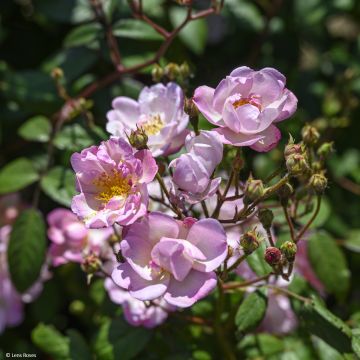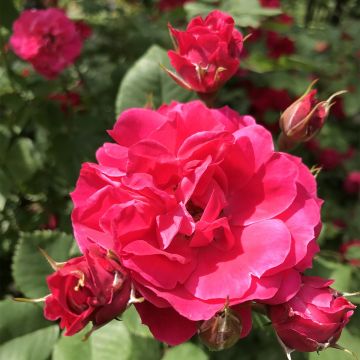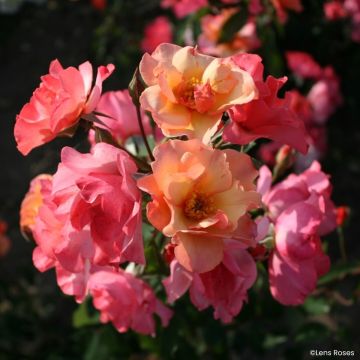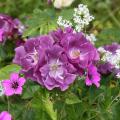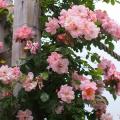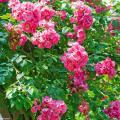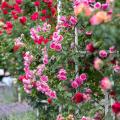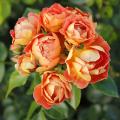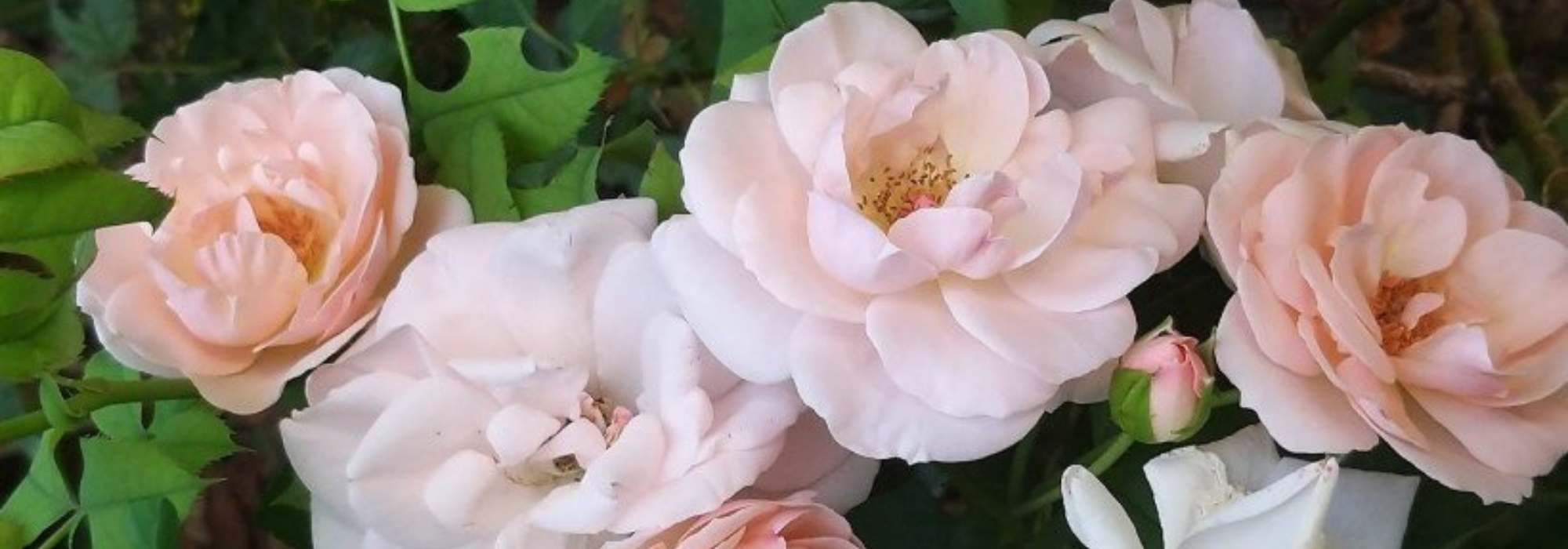Roses for hedges
Does this plant fit my garden? Set up your Plantfit profile →
Available in 3 sizes
Available in 3 sizes
Available in 2 sizes
Available in 2 sizes
Available in 2 sizes
Available in 2 sizes
Available in 2 sizes
Available in 2 sizes
Available in 2 sizes
Available in 2 sizes
Available in 2 sizes
Available in 2 sizes
Available in 2 sizes
Available in 2 sizes
Available in 2 sizes
Available in 2 sizes
Available in 2 sizes
Available in 2 sizes
Available in 1 sizes
Available in 2 sizes
Some rose bushes are actual shrubs, strong and sturdy enough to make beautiful flowering and fragrant bocage hedges. Thanks to their prickles, they also have a place in a defensive hedge.
Which roses should you choose? Botanical, old or modern, you must first differentiate a proper shrub, capable of reaching a height of 2m (7ft), with a flexible and natural habit that does not require pruning, and a bush rose that will rarely exceed 1m (3ft) and requires regular pruning. The roses that fall into the first catagory can be combined with other shrubs, especially with evergreen shrubs that will both provide opacity and limit the spread of potential diseases that can occur in mono-specific plantings. Finally, it is increasingly recommended to use own-root roses (non-grafted), as "suckers" can be difficult to eliminate in a dense hedge of 2m (7ft) in height.
Botanical rose bushes give a wild touch to the garden, only flowering once a year, and often offering small flowers followed by decorative fruits. These roses are highly appreciated by birds and pollinating insects, but they tend to sucker. Old roses are wonderful plants, offering a great diversity of foliage, scents, and flowering, which can occur from April to July-August, sometimes with a slight reblooming in September. In recent years, modern shrub roses and English roses have emerged, which are very interesting for their disease resistance and ability to bloom from summer to frost.
Haven't found what you were looking for?






























